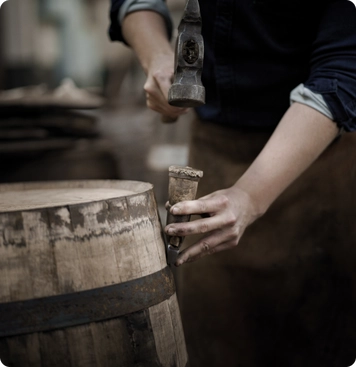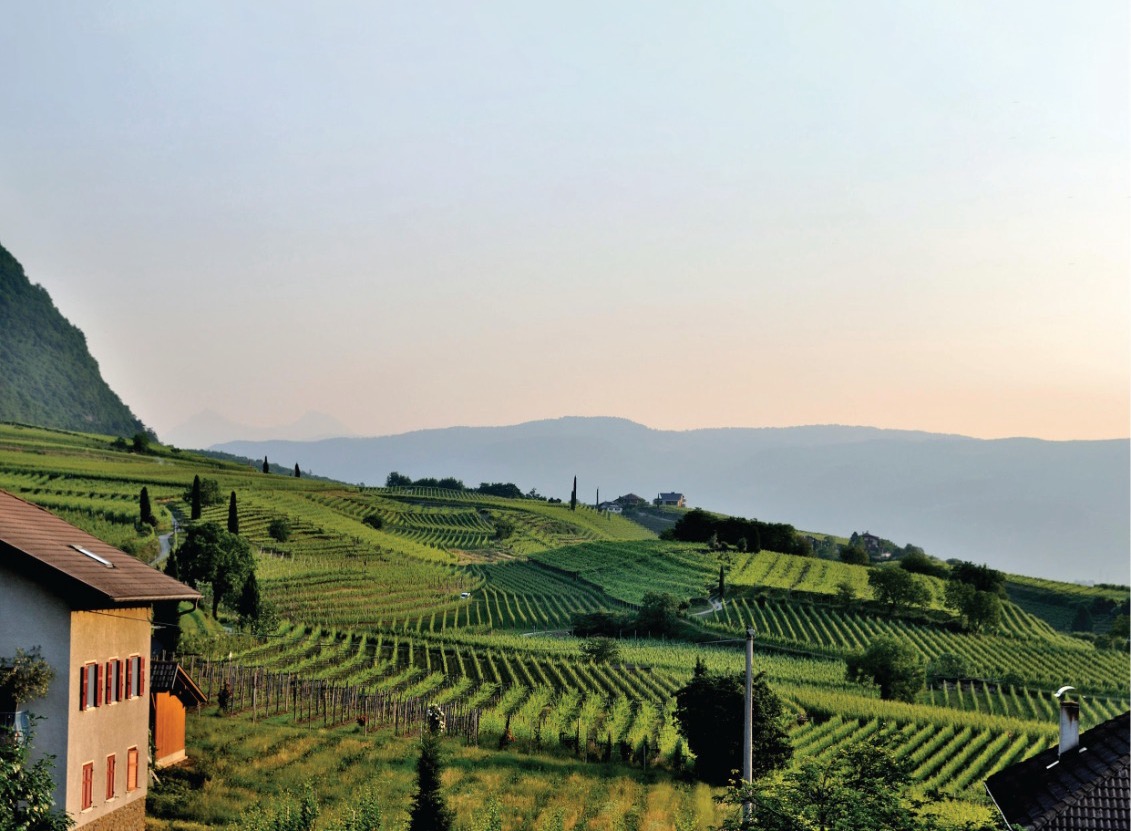How Geography Shapes Your Wine
- Sujata Patil, Wine Consultant at GrapeWine Consultancy
Geography plays a crucial role in determining the flavour and character of wine. Climate, soil, altitude, and proximity to water all influence how grapes grow and ripen, ultimately shaping the taste of the wine. The French refer to this combination of elements, along with the expertise of the winemaker as terroir.
- Climate: Defining Ripeness
Climate covers temperature, sunshine as well as rainfall, and is key to grape development. Cool climates like Germany produce wines with high acidity and bright fruit flavours, such as a Riesling. Warm climates like California yield fuller-bodied, bolder wines like Zinfandel. Warm climate, as found in Spain or parts of Australia, also means that higher levels of sugar, which lead to higher levels of alcohol, if the harvest is not planned at the optimal levels of both sugar and acidity. Moderate climates like Bordeaux balance ripeness with acidity, creating complex wines made from Cabernet Sauvignon, Merlot and more such grape varieties.
- Soil: The Flavour Foundation
Soil impacts wine’s flavour profile. Chalky soils in Champagne produce mineral-driven, high-acid wines like Chardonnay, known for their crisp, fresh qualities, while volcanic soils in Sicily add distinct minerality to wines.
- Altitude: Preserving Acidity
Higher altitudes mean cooler temperatures, preserving acidity and extending the growing season. Wines from Argentina’s high-altitude Malbec vineyards.
- Proximity to Water: Cooling Effect
Water bodies moderate temperature, helping grapes retain acidity in warmer regions. In New South Wales, regions located near the coast, benefits from the cooling influence of the Pacific Ocean. This helps temper the warm climate, allowing Shiraz to develop medium-bodied, earthy wines with soft tannins, balanced acidity, and flavours of dark fruit and spice. This difference can also be noticed in the wines of Sonoma County and Napa Valley in California, where Sonoma benefits from the proximity to the Pacific Ocean, as well as early morning fogs, which are not found in Napa Valley, which is more inland.
Geography shapes wine’s essence. Climate, soil, altitude, and water along with human effort work together to craft a wine’s unique character, offering a true sense of place in every sip!








